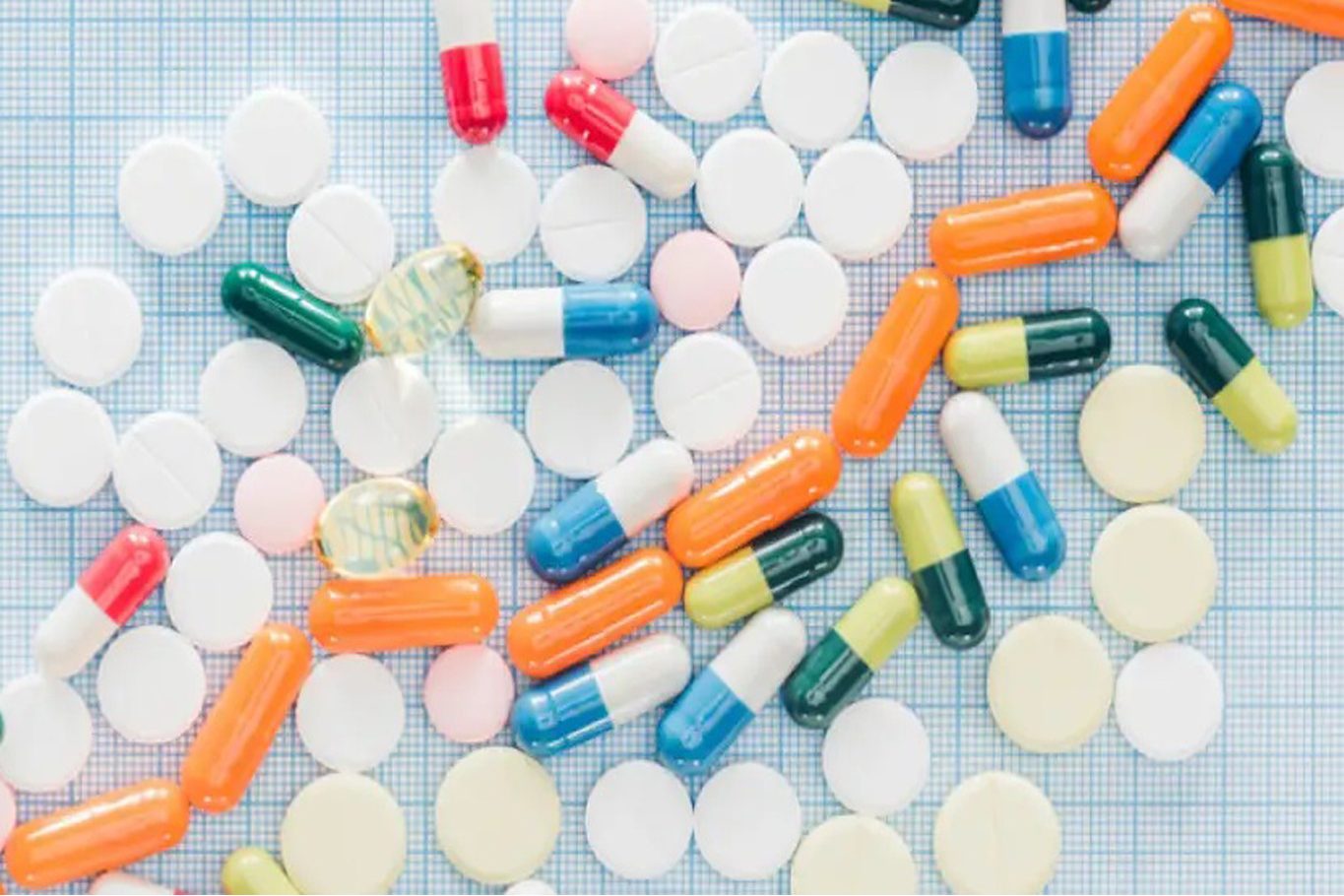
The Indian pharmaceutical sector has demonstrated significant growth, registering an 8 per cent compound annual growth rate (CAGR), while exports have surged by 9 per cent in 2024, according to a recent report.
A study conducted by McKinsey & Company highlights the rapid expansion of pharmaceutical production in India. With increasing advancements in Active Pharmaceutical Ingredients (APIs) and biotechnology, the industry has achieved an 8 per cent CAGR—twice the global average.
The report further revealed that India has solidified its position as the world’s largest supplier of generic medicines. The pharmaceutical export sector has grown at a remarkable rate of 9 per cent, nearly double the global average, reinforcing the country’s dominance in the global pharmaceutical supply chain.
India currently fulfills approximately 20 per cent of the worldwide pharmaceutical demand. This includes supplying more than 40 per cent of the generic medicines consumed in the United States and 25 per cent of those used in the United Kingdom. Additionally, the nation plays a crucial role in global healthcare by supplying over 60 per cent of the world’s vaccines and 70 per cent of antiretroviral drugs used in HIV treatment.
The report also emphasized India’s progress in emerging treatment modalities, such as messenger RNA (mRNA) technology, cell and gene therapies, and monoclonal antibodies. These innovative therapies are witnessing a robust growth rate of 13-14 per cent CAGR, surpassing the growth rate of conventional pharmaceutical drugs.
Another major highlight of the report is the increasing number of pharmaceutical manufacturing sites in India that are registered with the US Food and Drug Administration (USFDA). In 2024, India boasted a vast network of 752 FDA-approved plants, 2,050 World Health Organization Good Manufacturing Practice (WHO GMP)-certified facilities, and 286 plants approved by the European Directorate for the Quality of Medicines & Healthcare (EDQM).
Over the past decade, compliance standards in the Indian pharmaceutical sector have seen remarkable improvements. The frequency of “official action indicated” (OAI) notices issued following USFDA inspections has declined by 50 per cent between the fiscal years 2013-14 and 2023-24, indicating better adherence to global regulatory requirements.
Sustainability initiatives in the industry have also gained traction. Many pharmaceutical companies in India are adopting greener manufacturing processes. According to the report, 10 of India’s top 20 pharmaceutical companies have committed to reducing carbon emissions by more than 30 per cent by the year 2030, aligning with global environmental sustainability goals.
Despite these impressive advancements, the industry faces several challenges as it approaches a critical inflection point. The report notes that factors such as digital transformation, smart automation, and the emergence of novel treatment modalities could significantly reshape pharmaceutical manufacturing and operations. Moreover, geopolitical developments, nearshoring trends, and rising sustainability expectations could introduce additional complexities and potential risks for the sector.
Vishnukaant Pitty, Partner at McKinsey & Company, underscored the importance of strategic adaptation in the face of these disruptions.
“India’s pharmaceutical industry stands strong today because of the foundation it has built over the last decade,” Pitty stated. “With major disruptions on the horizon, it is crucial for the industry to embrace these strategic themes and fundamentally transform its operating model to unlock a high-performance future.”
The findings of the report suggest that while India’s pharmaceutical industry remains a global powerhouse, its ability to sustain and accelerate growth will depend on its readiness to innovate and adapt to evolving market conditions.


